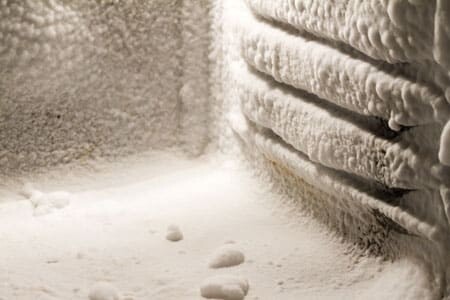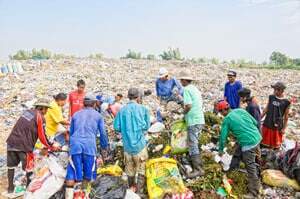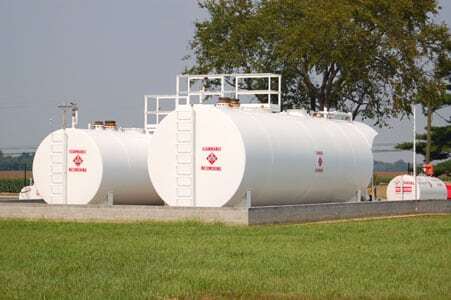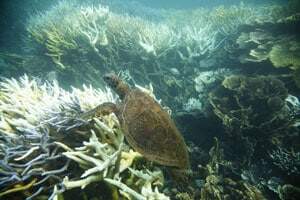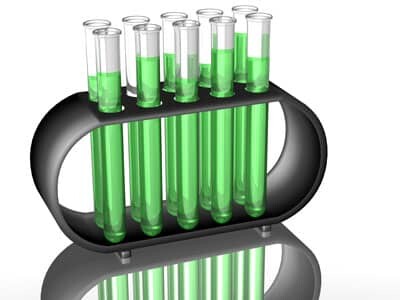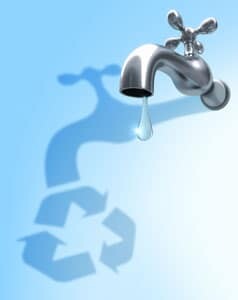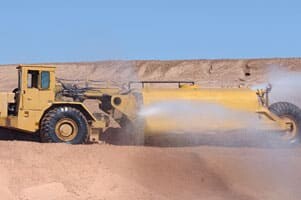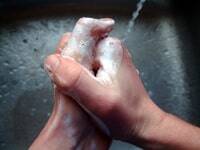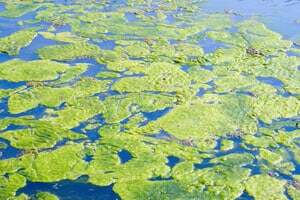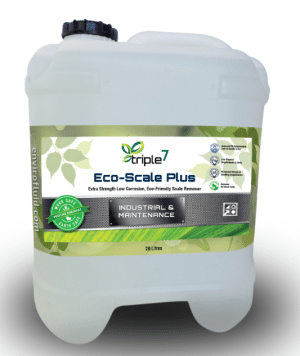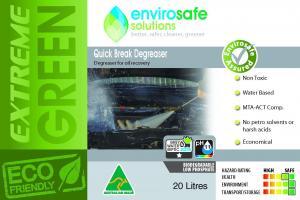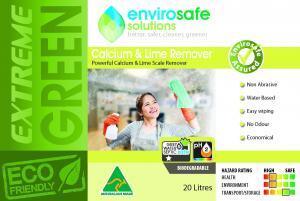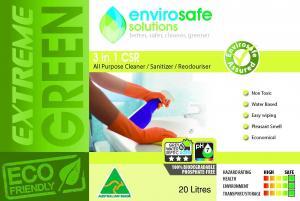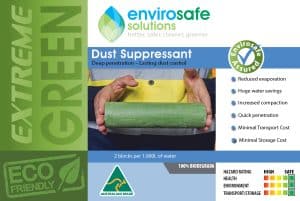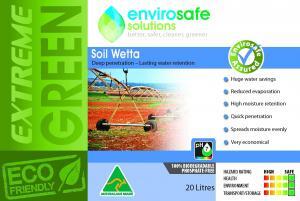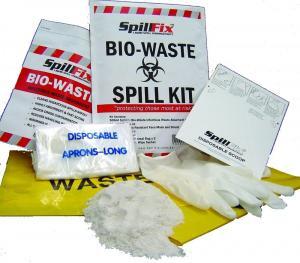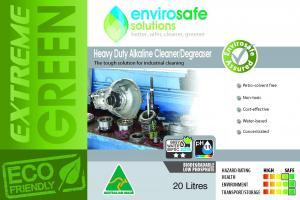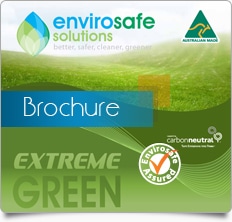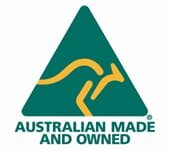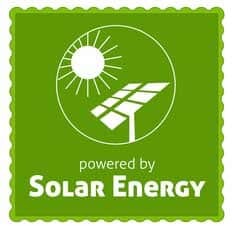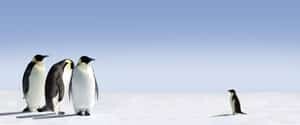 Envirosafe Solutions is concerned with the current state of our Australian and Pacific environment and is keen to minimize the impact industry and business has on our fragile world. While a focus on environmental issues often has a regional and localised flavor, it is still important to cast an eye around the globe and to assess the current state of affairs in regions other than our own.
Envirosafe Solutions is concerned with the current state of our Australian and Pacific environment and is keen to minimize the impact industry and business has on our fragile world. While a focus on environmental issues often has a regional and localised flavor, it is still important to cast an eye around the globe and to assess the current state of affairs in regions other than our own.
The Arctic region is a massive area encompassing 30 million km2 or approximately one sixth of the planet’s entire landmass. It stretches over more than twenty time zones and is home to more than 30 indigenous groups. It is also one of the cleanest natural environments in the world. According to CAFF – The Conservation of Arctic Flora and Fauna Fund – the pristine Arctic habitats for fauna and flora are in decline, and some species in the tundra, sea ice and lakes and peatlands areas are reducing in number.[1]
On May 12 2011, challenges Facing Biodiversity in a changing Arctic” will be presented by CAFF as a unique side event to the upcoming 7th Arctic Council Ministerial Meeting to be held in Nuuk, Greenland. Key Findings of the 2010 paper, The Arctic Biodiversity Trend -2010: Selected Indicators of Change” will be delivered in the hope of pressing home the harsh realities of global warming currently faced by the Arctic region and its inhabitants. The paper also notes these apparent biodiversity alterations in a region largely forgotten about by much of the world will have pronounced global repercussions and effects that will resonate in years to come.
The short summer breeding season of the Arctic exemplifies the richness of the region. During this brief window, nearly 280 bird species arrive in the Arctic from regions as far away as South Africa, New Zealand and South America. Here, they take advantage of the endless sun-stretched days and the accompanying fauna and flora productivity that explodes seasonally. The impact of a shrinking ice mass (over the past thirty years seasonal minimal sea ice in the Arctic has decreased by 45,000 km2 a year, and increased temperatures has affected those flora and fauna species that have limited distribution or specialized feeding habits that are reliant on ice foraging. Species such as the ivory gull are in stark decline. The majestic wild reindeer and caribou have also seen a 33% reduction in populations and it is unclear at this stage whether population numbers will rebound.[2]In addition, the region’s biodiversity is impacted by other stressors such as long range transport of contaminants, unsustainable harvesting of wild species and a continuing and relentless grab for resources.
Tundra eco-systems comprising “various species of sedges, grasses, lichens and moss are being replaced by species typical of more southern locations, such as evergreen shrubs. Trees are even beginning to encroach on the tundra and some models project that by 2100 the tree line will have advanced as much as 500 kilometres” with a consequent 50% reduction in the tundra habitat.[3]
Certainly the emerging issues and challenges facing the Arctic region are complex, and greater awareness and publicizing of the issues faced in the Northern Hemisphere is required.
Envirosafe Solutions continues to support the initiatives of the Arctic Council and understands the unique interplay between northern and southern hemisphere regions due to the migratory patterns and routes of so many of Australia’s diverse coastal and marine bird species.
Join the Green Revolution. Phone Envirosafe Solutions on 1300 88 90 70.
[1] Challenges facing Biodiversity in a Changing Arctic. http://caffportal.arcticportal.org.presscentre
[2] The Arctic Biodiversity Trend -2010: Selected Indicators for Change. Sourced at http://caffportal.arcticportal.org/images/nuuk_deliverables/Booklet_ABA_English.pdf
[3] Ibid. Pp. 7-8.








